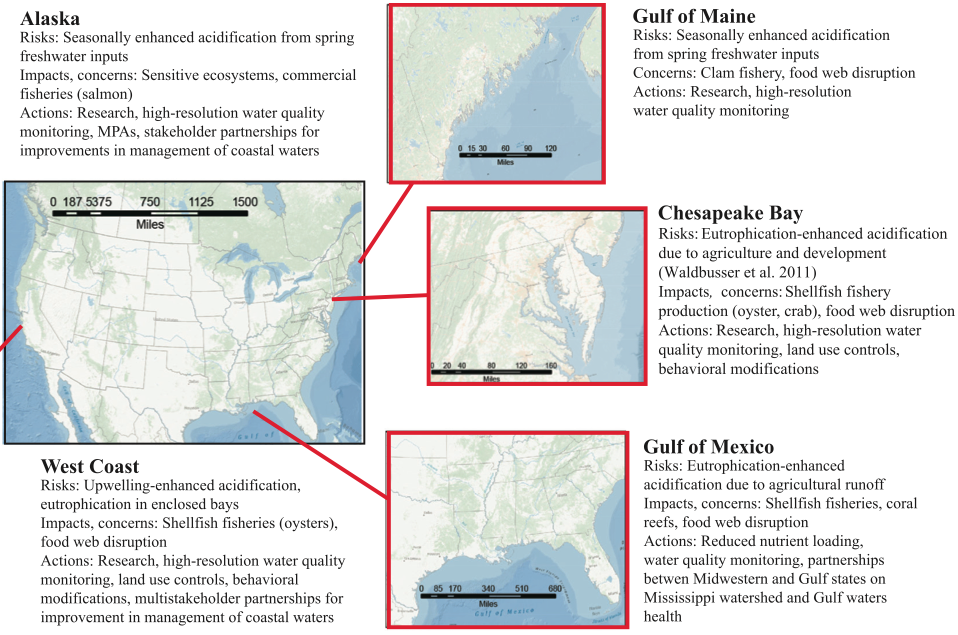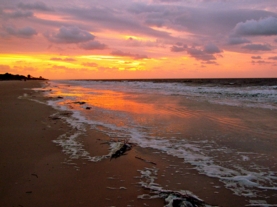By Jessica Hathaway

Three days before the deadline for public comments on the proposed Pebble Mine project in Alaska’s Bristol Bay, Environmental Protection Agency Administrator Scott Pruitt directed his staff to create a rule limiting the agency’s ability to regulate projects under Clean Water Act guidelines.
These are the exact guidelines that commercial fishermen and local tribes urged Obama-administration EPA officials to invoke to protect Bristol Bay, Alaska’s salmon gold mine.
In a memo dated Tuesday, June 26, Pruitt directed the EPA’s Office of Water to submit the following changes, at minimum, to the Office of Management and Budget within the next six months:
• Eliminating the authority to initiate the section 404(c) process before a section 404 permit application has been filed with the Corps or a state, otherwise known as the “preemptive veto.”
• Eliminating the authority to initiate the section 404(c) process after a permit has been issued by the Corps or a state, otherwise known as the “retroactive veto.”
• Requiring a regional administrator to obtain approval from EPA Headquarters before initiating the section 404(c) process.
• Requiring a regional administrator to review and consider the findings of a final Environmental Assessment or environmental impact statement by the Corps or a state before preparing and publishing notice of a proposed determination.
• Requiring the agency to publish and seek public comment on a final determination before such a determination takes effect.
“The guiding principle should be to provide landowners, developers and entrepreneurs with certainty that the EPA will not short-circuit the permitting process… before taking any steps to veto a permit application,” the memo reads.
Mining permits are typically submitted by massive global corporations that have the lawyers, lobbyists and money to push through the permit phase. Users of clean water are typically lowly individual American citizens with an ever-dwindling influence on their federal government.
No one who has followed the Pebble process for the last two decades could possibly say the fishermen pulled a power play over the massive Canadian mining company Northern Dynasty Minerals. A multinational company named “dynasty” can hardly invoke a pity party for lack of power.
Thousands of Bristol Bay’s fishermen have fought hard to protect their livelihood from being invaded by a foreign investor who is free to cut and run after it makes its 50-year cash-out investment in Pebble — leaving behind the toxic waste resulting from the metals mining process. Forever.
This singular victory for a sustainable fishery and a renewable resource hardly warrants EPA’s attempt to shut down one of the few powers we have as citizens to protect our access to a public resource.


